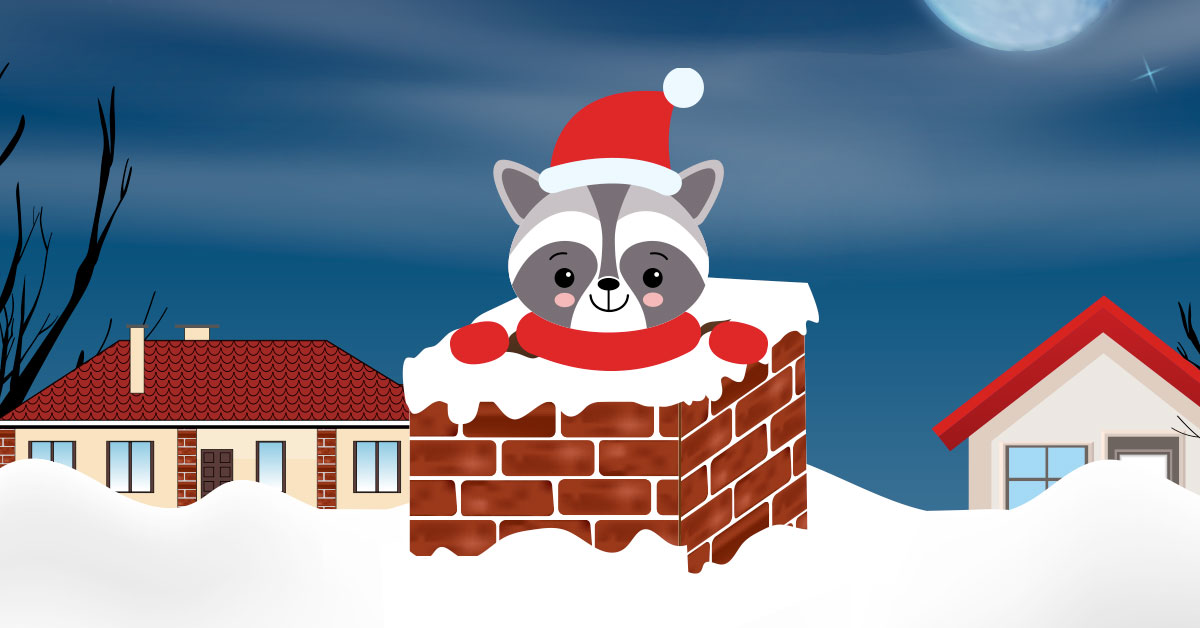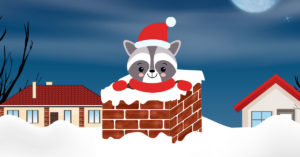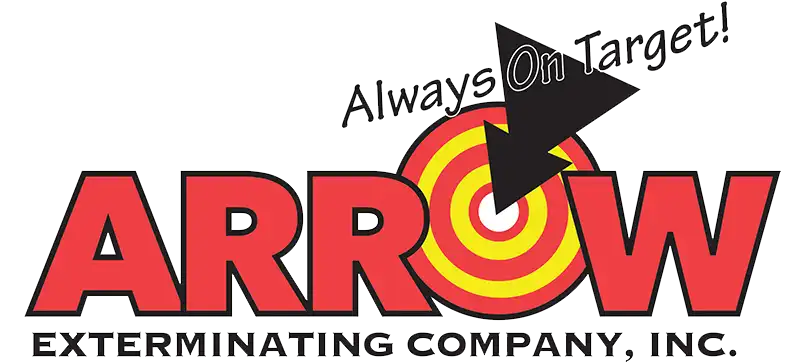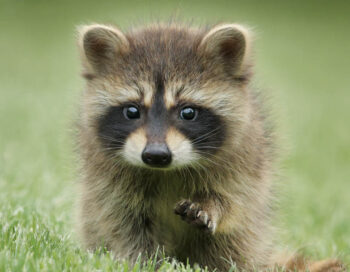
 As temperatures drop, we seek the cozy warmth of a fireplace. Unfortunately, pests seeking a warm place to spend the winter act at the same time – and can interfere with the use of your chimney.
As temperatures drop, we seek the cozy warmth of a fireplace. Unfortunately, pests seeking a warm place to spend the winter act at the same time – and can interfere with the use of your chimney.
What animals can live in a chimney?
The most common creatures are:
- Raccoons
- Squirrels
- Mice
- Birds
- Rats
How can you tell if an animal is in your chimney?
Squeaking sounds, scratching, chittering noises, or flapping sounds in or around your fireplace commonly indicates a resident in your chimney. If the sounds are frantic, the animal may be stuck. If you just hear movement or scratching that could happen while climbing or if you hear vocalizations, there is a chance they made a nest or den.
Why Do Raccoons Hide in Chimneys?
Besides seeking a warm place to spend the winter, female raccoons sometimes crawl into chimneys to hide from predators while pregnant. They’ll make a nest in the chimney because they view it as a safe place to give birth and raise their young.
Additionally, denning in a chimney puts the adult raccoons in the proximity of the house’s garbage and possibly even pet food left outside. This provides a good food source for the raccoons.
Some animals also get stuck in chimneys by accident. Whether they mistake a chimney for a hollow tree or are climbing a roof and fall in; a raccoon, squirrel, or bird doesn’t always end up in a chimney on purpose. And that doesn’t lessen the problem of getting them out.
What to Do If a Raccoon Gets in Your Chimney?
This is not a situation you can safely do yourself for health and safety reasons. Raccoons can become aggressive, and they can carry diseases from roundworm to rabies.
“Smoking them out” by lighting a fire is often mentioned in online advice, but it’s a terrible idea. It’s likely to kill the raccoon and the body will be an obstacle in your chimney. Other possible outcomes of this tactic can be even worse. In some areas, killing a flying creature like bats or birds in chimneys is also illegal.
The best thing to do if you suspect a raccoon or other pest in your chimney is to call a professional to provide wildlife removal. At Arrow Exterminating, we have the decades of experience needed to safely remove raccoons and other creatures that might have made a home in your chimney.
After the raccoon or other creature is gone, you should have your chimney inspected and cleaned. This will remove any nesting material that could otherwise be ignited when the fireplace is lit, as well as removing any waste materials that could leave behind a terrible smell. It will let you know if any repairs are required due to the prior infestation.
For best results, after the raccoon is removed, install a chimney cap. Even better, you might also want to consider having a chimney liner made of heavy-duty stainless steel installed. Raccoons have been known to tear through aluminum and black steel covers. Installing a heavy-duty chimney liner will make it harder for wildlife to climb around inside your chimney.
Let Arrow Handle Raccoons
The best way to deal with a raccoon problem is to call in professionals like Arrow Exterminating to provide assessment and humane removal. The sooner you contact us, the sooner we can help you live in a critter-free environment. To get started, contact Arrow Exterminating today.




